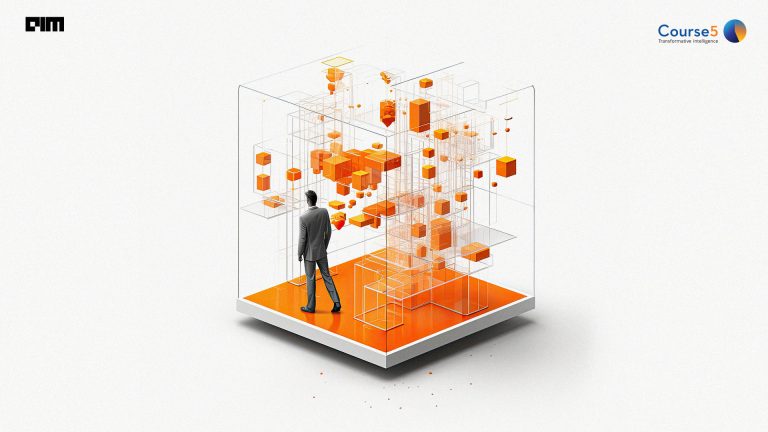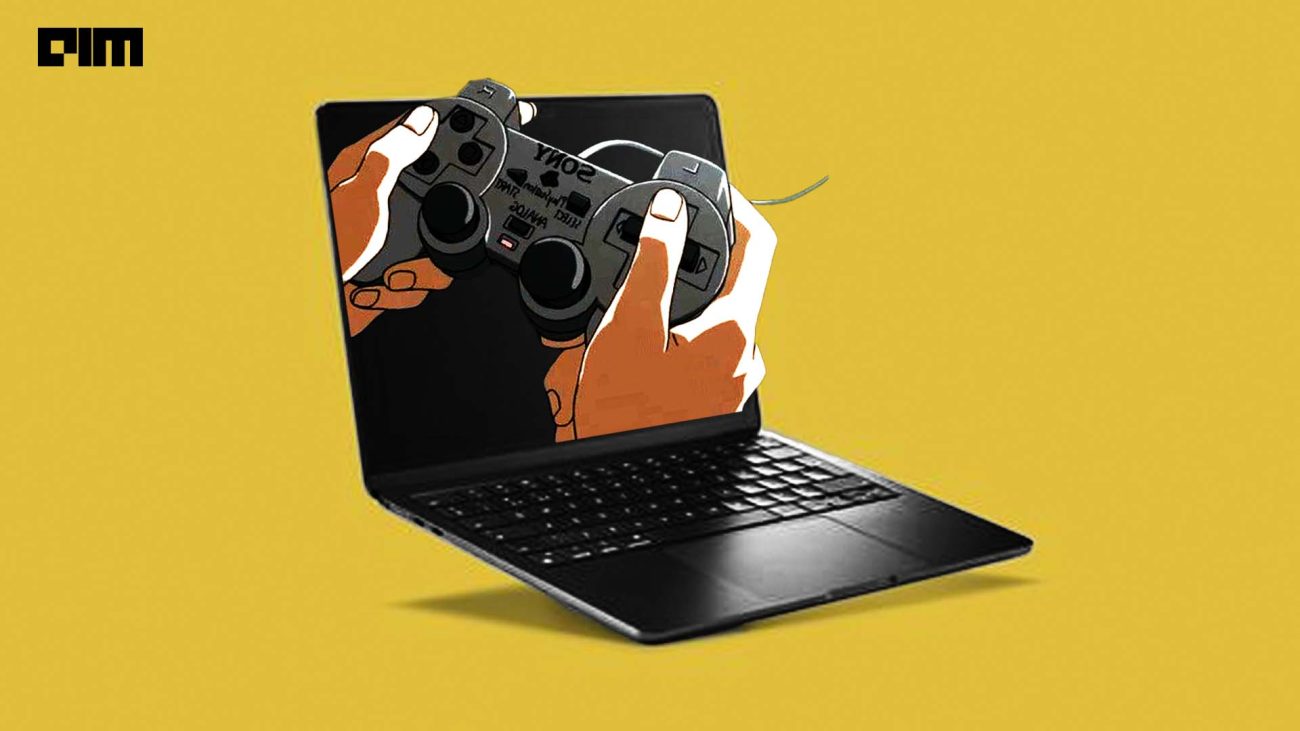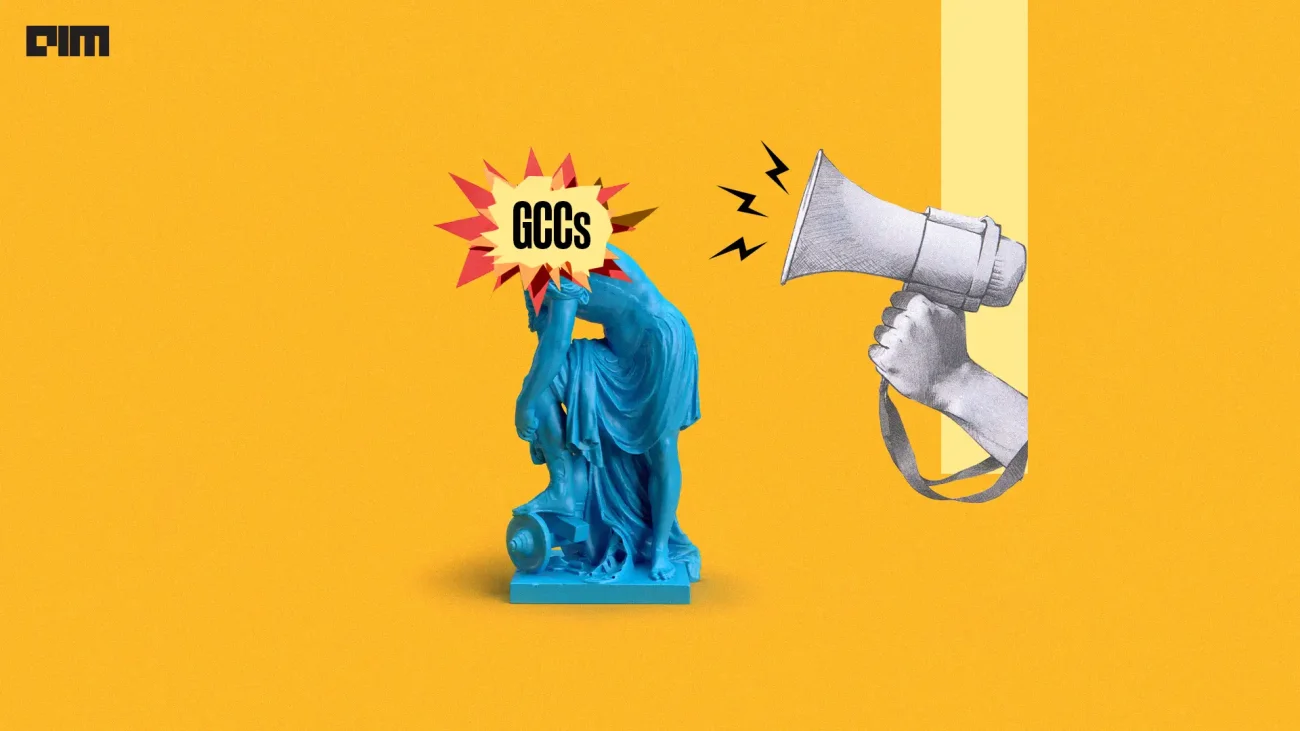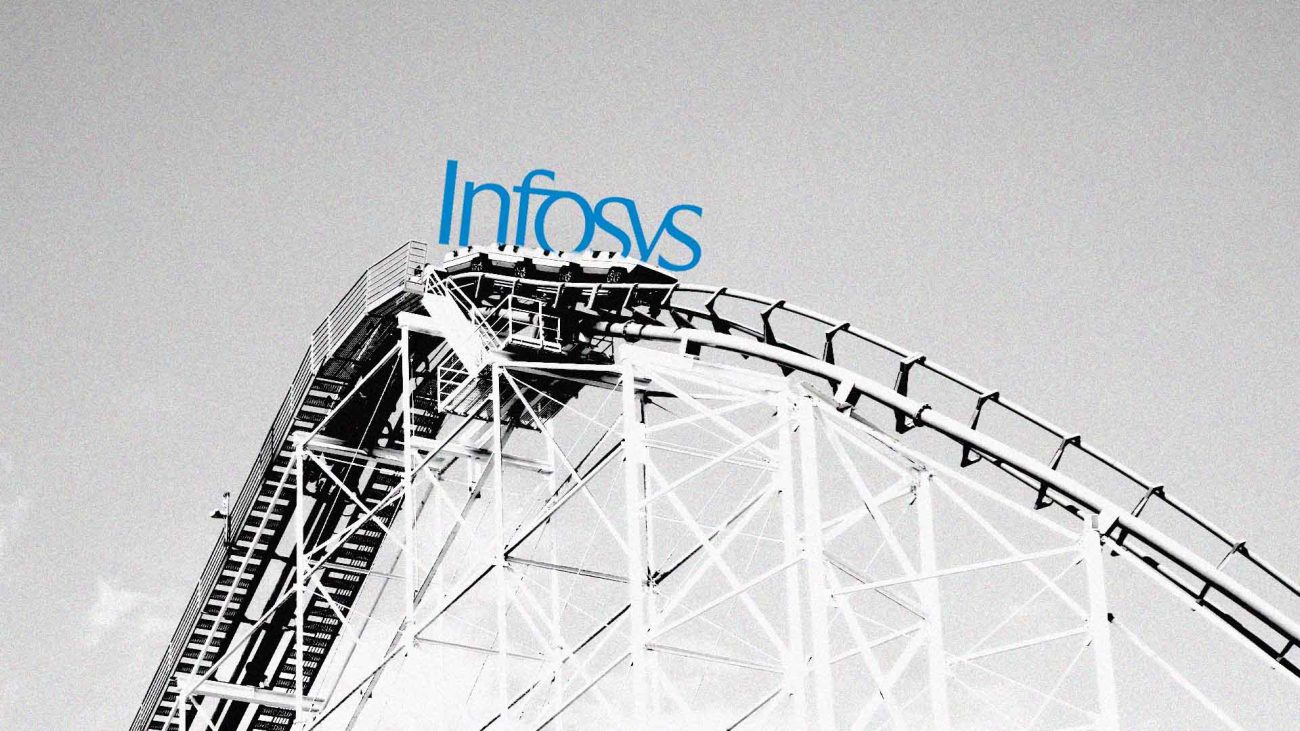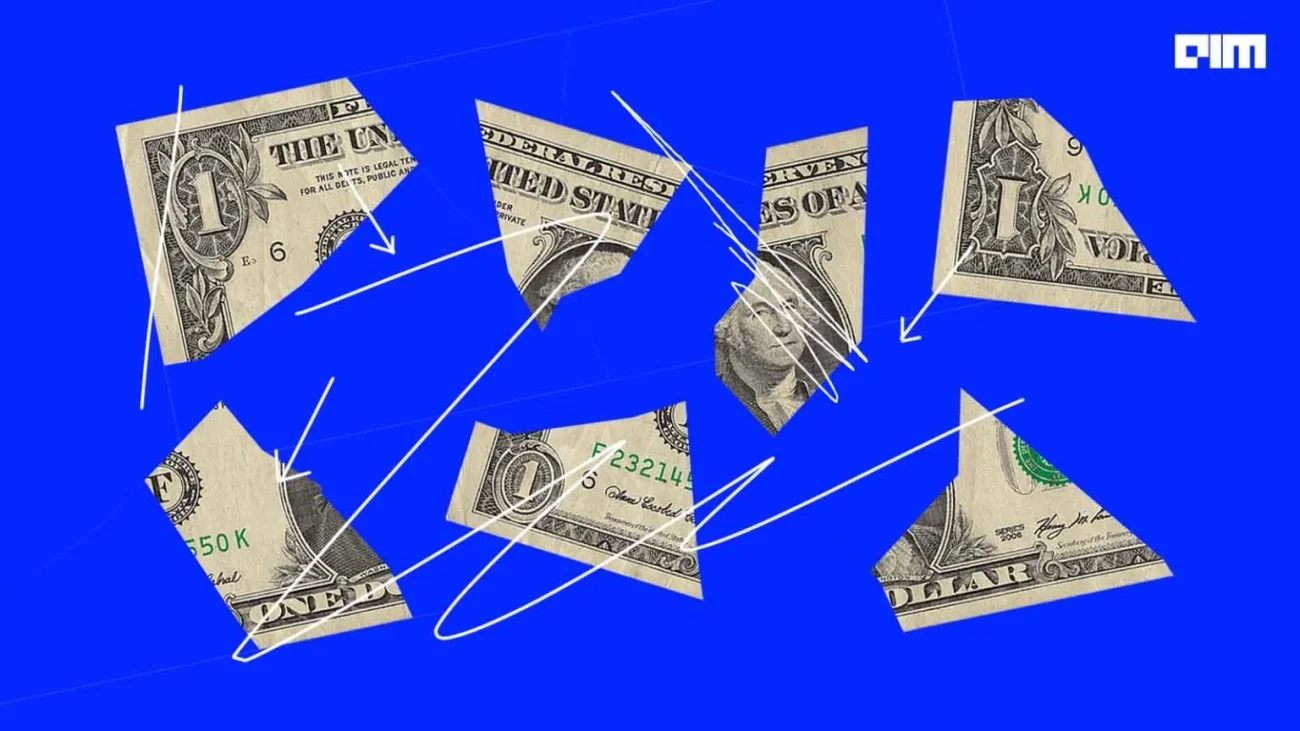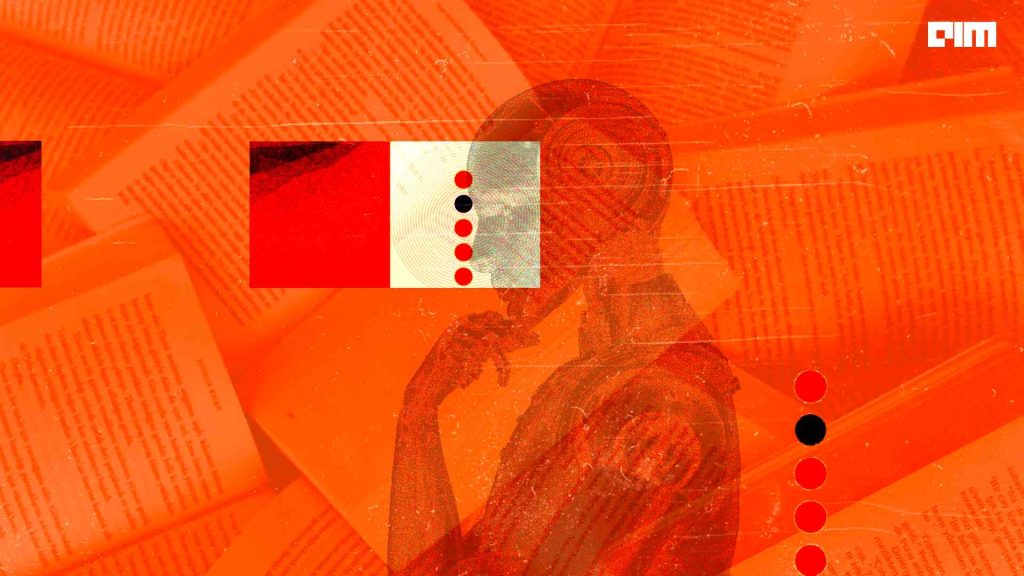Non-Fungible Tokens (NFTs) have been capturing the headlines lately, with artists like pop star Grimes and EDM producer 3LAU raking in millions of dollars from selling their works linked with these crypto tokens. NFTs entered the market in 2017 as part of ‘crypto kitties‘, a blockchain game using digital cat collectables.
However, in October last year, art auction house Christie’s New York made history by selling the first-ever NFT linked with a physical artwork — Portraits of a Mind: Block 21, by London based artist Benjamin Gentilli, sold for over 130,000 US Dollars. The popularity of NFTs has been on a rapid rise since then.
Another record-breaking NFT work, this time purely digital, has also been auctioned at Christie’s at a current bid of an eye-watering 3.25 million dollars. This has led to an increase in the total market capitalization of NFTs to more than 350 million dollars in just six months and counting. So what exactly are Non-fungible Tokens, and are they a fad or a revolutionary technology?
What are NFTs?
In order to understand NFTs, we need to understand what fungibility is in the first place. A fungible asset can be replaced with another identical asset, currency or banknotes being the most commonly cited example. A non-fungible asset, on the other hand, is a unique, distinguishable asset that cannot be replaced in any form, like a house or .
Non-fungible assets, however, have no standardized system of exchange or value. Incorporating blockchain technology with the unique attribute of these assets results in a non-fungible token that can be traded primarily using the Ethereum blockchain platform, giving it a means of exchange and value. A few NFTs however, are built on non-Ethereum based blockchain technology, like dGoods based on the EOS.IO platform.
The two standardized forms of NFTs created so far are the ERC-721 and the ERC-1155. The former is the first standard developed and is a purely non-fungible asset. ERC-1155, on the other hand, is a semi-fungible asset, with a small number of identical tokens grouped as a unique class of assets rather than a single unique asset.
Boon or Bubble?
Creators on the internet, especially those who make digital art, have always struggled with copyright and plagiarisms of their work. On the one hand, most social media platforms automatically approve the right to use media uploaded to them by users. On the other hand, it just takes a few clicks of a mouse button to make a copy of the media for private consumption, without having to compensate the creator.
NFT solves this problem by acting as a virtual certificate of authenticity that essentially ties the original digital artwork with the token, thereby providing it with the same status as an artist’s signature would on physical work. And because the token exists on the blockchain, it is instantly verifiable by anyone on a public network and cannot be forged.
This allows creators to disseminate copies of their work on social media freely, as the authentic original retains its value by virtue of the NFT assigned to it. The previously mentioned ERC-1155 NFT is especially useful as tokens for limited edition sets of artworks. For collectors and buyers, websites like Makerspace have sprung up as a marketplace to facilitate a much easier and more transparent process of buying and selling digital art, much like financial stocks trading online. Cutting out the middlemen of galleries and curators also allows artists that have not been able to climb the echelons of the art world elite, to showcase their work to a much larger audience than before and earn a sizeable income.
However, there are concerns about NFT’s skyrocketing value being a precariously fragile speculative bubble that could crash at any moment, bringing down the investors with it. There are also critics of the manufactured digital scarcity that NFTs base their value on. Besides, the recent popularity of the technology has seen its platforms get flooded with hundreds of thousands of works that prevent many from actually being seen by prospective collectors or buyers.
Another concern is the environmental impact of NFTs as a result of heavy dependence on blockchain technology.
The founder of the Robert Alice Project and the artist behind the famous Portraits of a Mind: Block 21 artwork, Benjamin Gentilli, spoke to Analytics India Magazine about his views on these concerns. He agreed that the speculation and inflation are ‘fundamentally corrosive to the art’ but remains hopeful that the NFT market will enjoy a longer, more stable growth once the excessive interest dies.
Veteran artist, columnist, dealer and collector Kenny Schachter, one of the earliest adopters of digital art and a vocal supporter of NFTs, told Analytics India Magazine that “of course, some NFT’s are vastly overvalued,” but reiterated that mature markets see similar speculations in overvalued stocks. This affects markets as a whole; however, he said a few inflated prices shouldn’t be a reason to cast aside NFTs as a medium, and he doesn’t see the current situation as being a bubble.
Having worked with digital art since the 1990s, he believes that NFTs have been the “first meaningful and effective delivery system to buy and collect such work” that he’s seen since then. He further argued that it is no more oversaturated than the real world and that many may go unnoticed, but demand will only grow from here on, for the foreseeable future.
The future of NFT
While it is indeed true that much of the value in Non-fungible Tokens is generated by speculative value, the biggest cryptocurrencies, Bitcoin and Etherium, and even Dogecoin, started the same way, and two of them have now become global mediums of exchange. If demand continues to rise in the NFT market, it will value new investors since it is primarily a reflexive market. And it isn’t just artists profiting from the technology. Gentilli calls NFTs a “programmable long term value creation for artists” and says that “in the long term I think NFTs will help revolutionize art, gaming and online identity. He isn’t far off the mark.
Game companies, new ‘virtual real estate’ platforms, and even the NBA have come up with ways to use NFTs for their benefit. And now, developers in cryptocurrency and blockchain have a whole new market to build and expand their products, on top of mostly open-source software unfettered by API restrictions.







